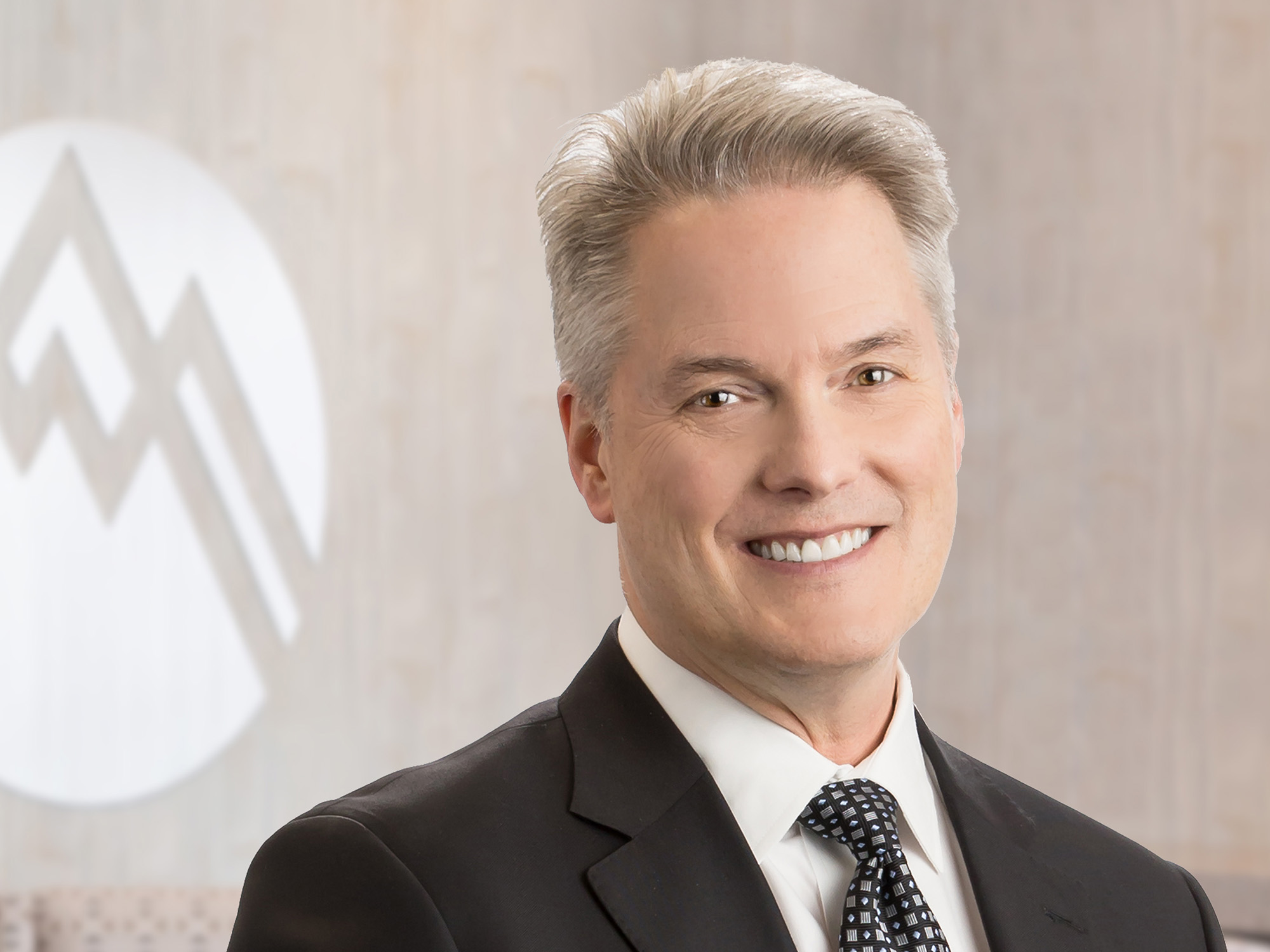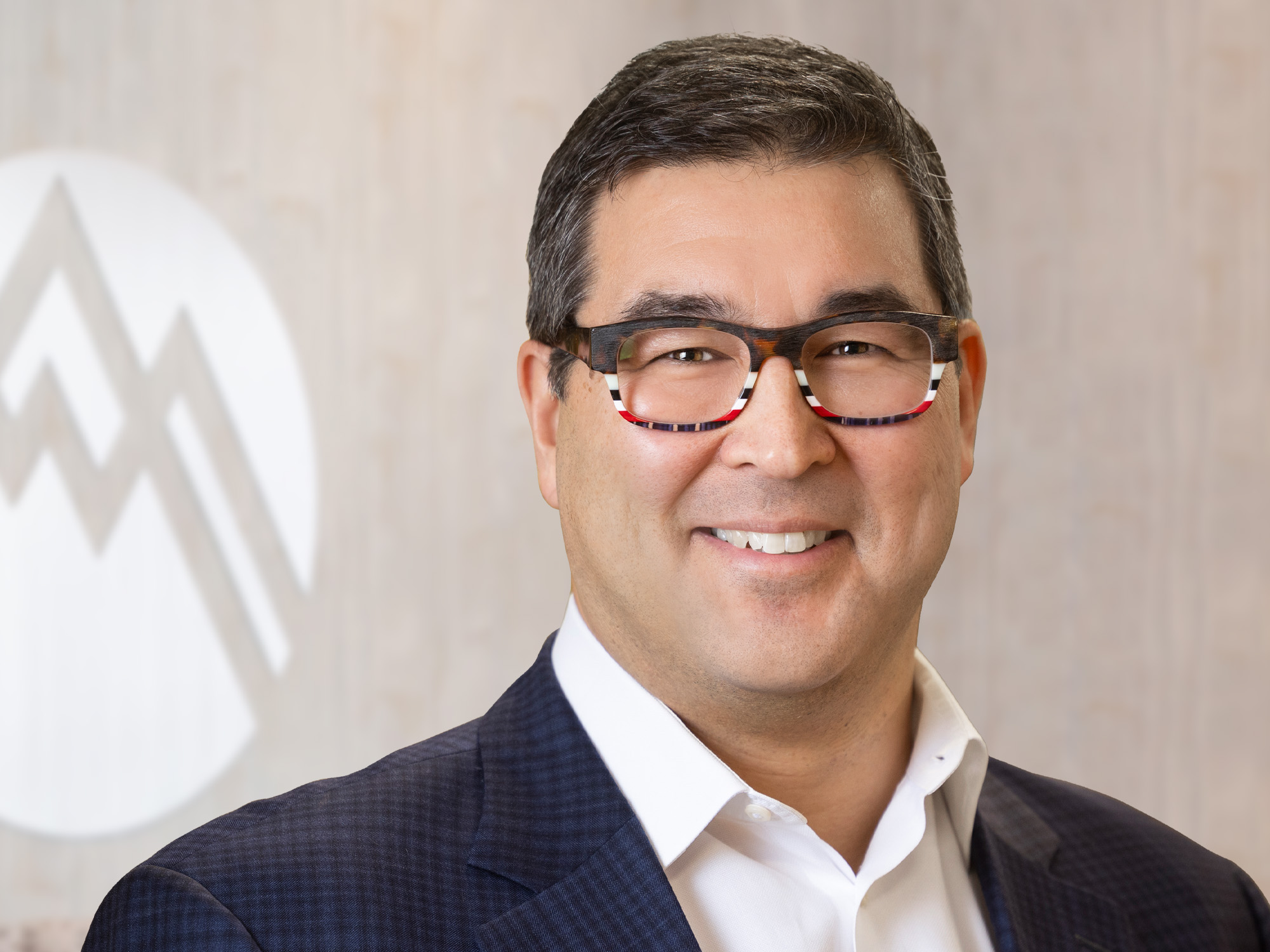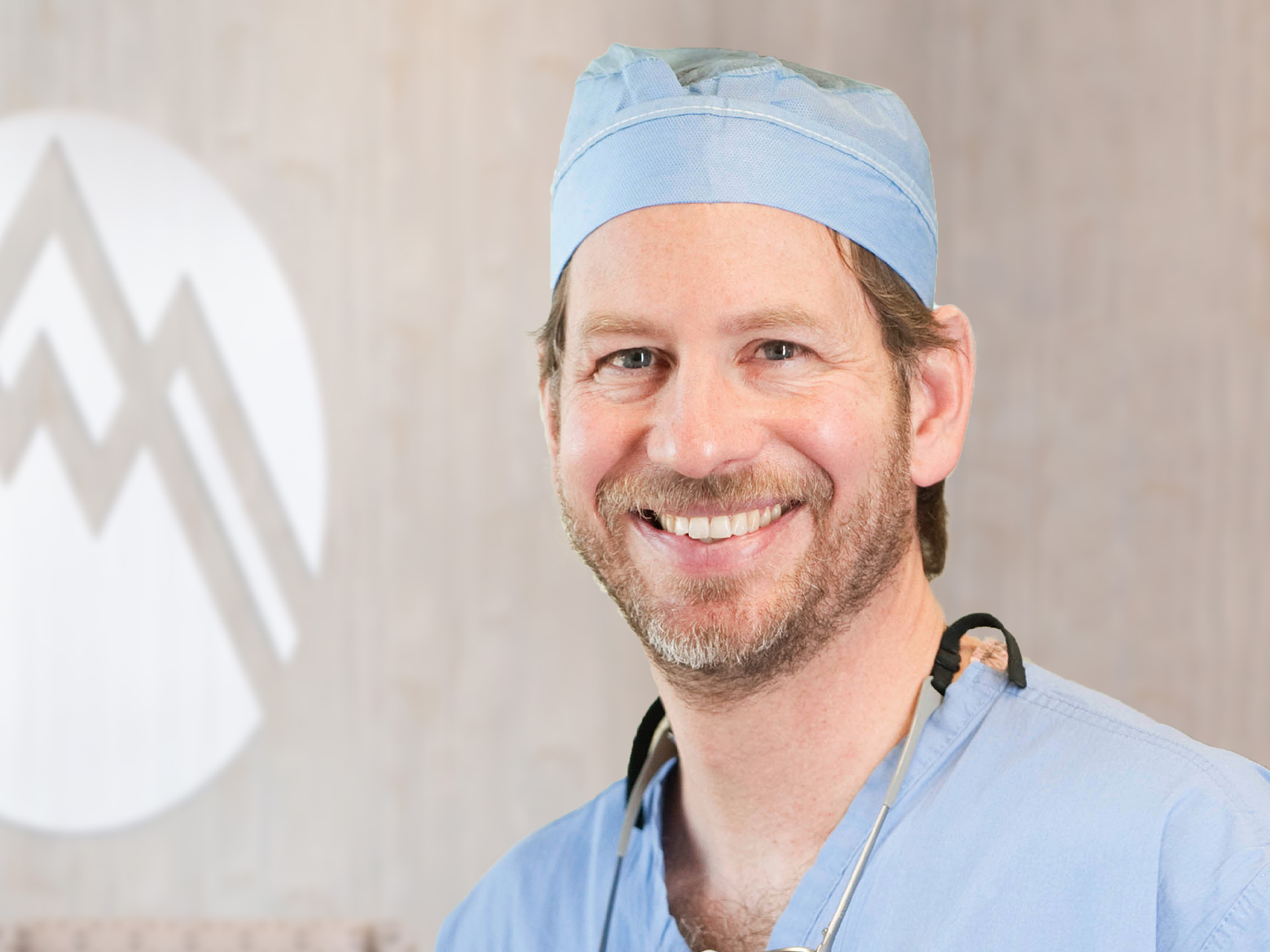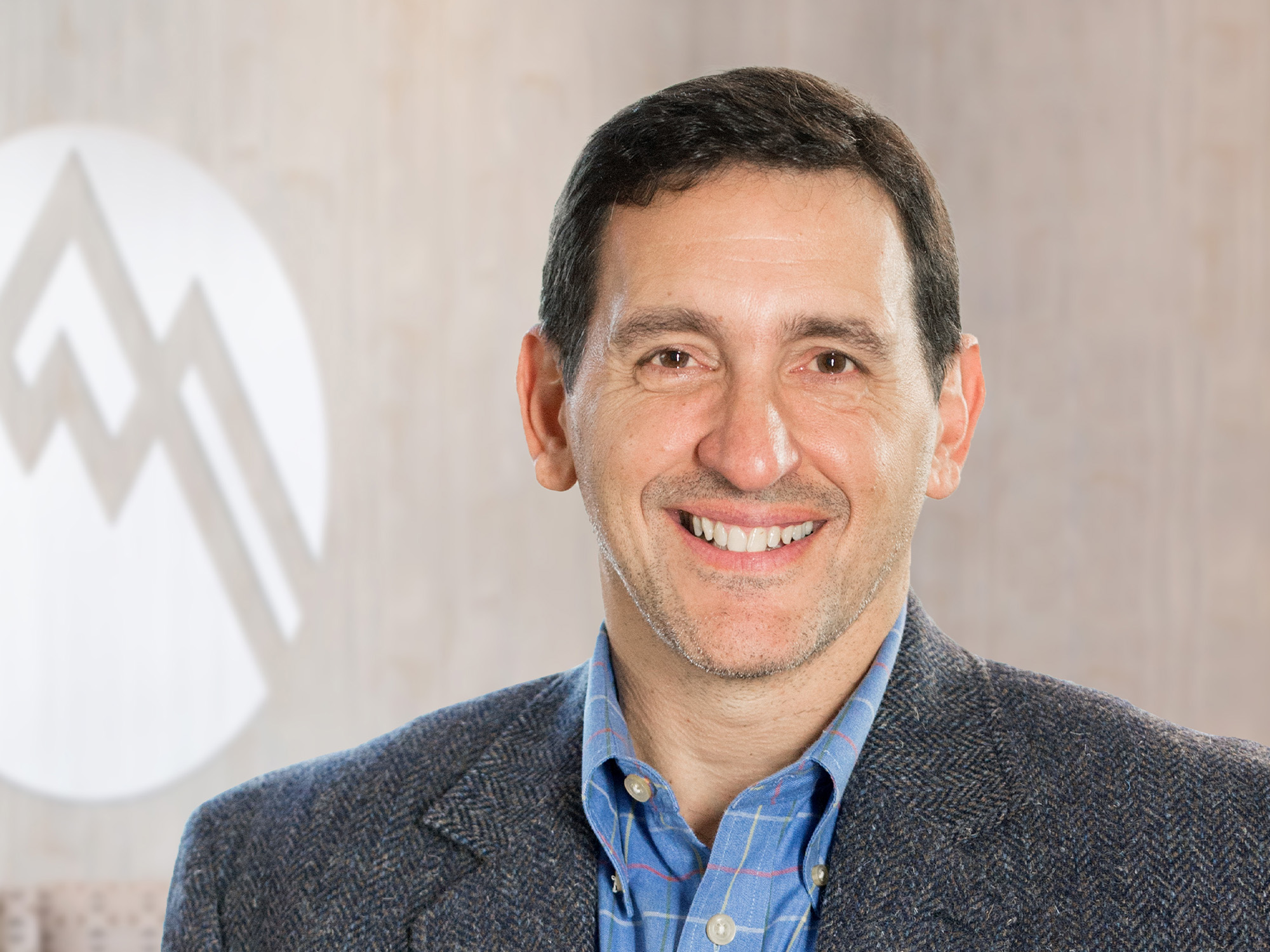As an elite athlete, Maggie Nichols suffered many different types of injuries during her gymnastics career and she always had a home at Summit Orthopedics. From injections to surgeries to physical therapy, listen how Summit impacted her career and kept her competing at the highest level.
Maggie Nichols Summit Story
Known as the “Michael Jordan of College Gymnastics,” Maggie Nichols is a six-time individual and two-time team champion. Born and raised in Minnesota, Maggie followed her dreams of becoming one of the most elite gymnasts of her time, traveling the world doing what she loves.
Video Transcription
Maggie Nichols: I’m Maggie Nichols. I’m a six-time individual national champion, and two-time team champion.
Gina Nichols: Maggie got started in gymnastics because I thought, yay, I have a girl. I’m going to put her in gymnastics. So I did, when she was three. I put her in a preschool class, and she was just a wild child like the rest of them. The strength that she had, she was holding herself, flipping herself over the bars. She could, you know, do all these things strength-wise that these other kids weren’t even near. I mean, you could just see it. And by the time she was five, I mean, they knew. The coaches could tell, they could see, they knew. I mean, she was still being naughty and running around like a five-year-old, but you could see the strength, you could see the flexibility, and she’d catch on right away. And so they knew at a really early age that, you know, she’s really good. And she had lots of spunk and she loved to go.
Maggie Nichols: I’ve definitely been one of the athletes who’s had a lot of injuries throughout my career. A fractured elbow; I had to get surgery on my elbow. I had four knee surgeries, broken ankle, torn plantar fascia, torn hamstring, maybe a few other little things as well.
John Nichols: On the first day of school, she came in with a cast on her arm, crutches, a boot on her leg. And a little boy came up to her and said, “What happened to you? Did you get hit by a truck?”
Gina Nichols: When I look at the sport of gymnastics, I see five events, and those events are vault, bars, beam, floor, and injury. It becomes really almost part of the sport.
Dr. Thomas: Well, the things that struck me when I first met this little 12-year-old was just how determined she was. The other thing that was notable, she would always come in with her coaches and her parents. This was clearly a serious gymnast. This is not casual. I wasn’t going to be able to talk her into a softball career. It was pretty plain. Her level of determination was remarkable. What Maggie had was bruising of her elbow joint. What happens if you run full on into a vault, as fast as you can, and bounce off of it, you have a huge load of energy that passes through the elbow. And this leads to fracturing of the bone underneath the cartilage at the radiocapitellar joint. And that’s what she had. She had pain in her elbow, and that’s what we assessed her for. Mostly, you rest and then you begin your sport again. Like really where it becomes remarkable is sort of like five years later when the whole thing is falling apart and she’s still, like, running into vaults. That’s the point where she becomes a real outlier. I mean, most people just quit, and they’re like, “Okay, I’m gonna go do something else.” Not Maggie Nichols. No way, Jose.
Maggie Nichols: I think the hardest part about being injured is just watching everyone else doing what you love and getting better at the sport while you’re kind of in the recovery process. But I think if you look at it in a different way and look at ways you can get stronger in different aspects of your gymnastics or any other sport or in life and things like that, if you are going through an injury, I think that’s something that really helped me through all my injuries is when I found other ways I could improve on my sport and stay motivated and set goals for myself.
Dr. Anderson: The journey with Maggie started a long time ago. I saw her when she was pretty young. She had been seeing Dr. Thomas for a little bit with some chronic elbow pain, and then we thought everything resolved. And then a year later, after she started developing pain again is when I saw her. The symptoms were advancing pretty quickly. There’s a lot of cartilage problems in elbows in kids, but hers was in a different part of the elbow. It was the radial head, and it’s very almost nonexistent to have it happen in that area.
John Nichols: Dr. Anderson, he had a daughter in gymnastics, and so he understood the mechanics of gymnastics. Gymnastics injuries are different than other sports. The other thing is Dr. Anderson’s understanding that stopping competition was not necessarily an option. And Dr. Anderson, because of his involvement in gymnastics, you know, understood that she couldn’t be out for a year. She couldn’t avoid doing the skills that caused the injury in the first place. So he was able to help with procedures that had the potential to allow her to continue.
Dr. Anderson: We went in and did an elbow arthroscopy and found what we thought we were going to find on the MRI, but several magnitudes worse. Some places where cartilage is separated, you can go in and reattach it. This one, there was no capability of doing that. So we had to remove it, which was pretty radical as far as surgery, but there was no choice. And then we started to delve into unknown territory. We started back in 2013 using platelet-rich plasma injections on her elbow. We ended up doing serial stem cell injections for several years in her elbow because she would occasionally flare it up from some overuse. So that was a treatment that probably once a year that we ended up doing where she’d have a little bit of an irritability or a little setback. We’d inject it. She responded really favorably every time and then would almost immediately return back to competition.
Maggie Nichols: When I saw Dr. Anderson and he did my surgery, and through the nine-month recovery, he was very supportive and gave me a lot of hope that I’d be able to come back to the sport that I love. The most impactful injury that I’ve had was at an international competition when I had to fly home early and didn’t get to finish the competition. Just because it was the year of a world championship, I was getting up there in the ranks, I was getting better every single day, and missing out on a world championship due to an injury and having to leave a competition early was very hard.
Dr. Gannon: I saw Maggie in April of 2016 after she injured her right knee in a vault. Her MRI scan was completed. She’d had a torn meniscus in her knee and she also had bone bruise. So we ended up doing a right knee arthroscopy for her. Each injury has a little bit different timeline, but for the injury that Maggie sustained, it would likely be a couple of months. For a lot of meniscal tears, it’s a four- to six-week journey to get back to just your routine activities of daily living. In Maggie’s case, she also had a bone bruise or a stress fracture that we would call it. And that is a much bigger deal. That’s something that slows you down significantly. So the timeline towards full healing is, again, extended much longer. –
Maggie Nichols: I think Dr. Gannon was just very friendly and nice and made it an easier process because surgery can be kind of scary sometimes. And especially when you’re an athlete, you want to come back as fast as you can from the injury. And so he just gave me a lot of hope and confidence that I’d be as strong as I was before and not have issues after my recovery process.
Dr. Gannon: The hard thing, I think, at that moment in time was that Maggie was under a lot of pressure, you know. She was trying to peak, and I think it’s her discipline and her drive and her composure that allowed her to throttle back a little bit during that time and allow herself to heal to the point where she was competing well before we ever thought she could.
Maggie Nichols: Honestly, it was right before the Olympic trials, so he really helped me recover as fast as I could so I was able to compete at the Olympic trials, which is a great experience for me. And I was just very thankful I had a doctor that would really give me hope and confidence that I could come back and be able to compete at my best. Through that injury, I really improved myself and came back stronger than I was before and became a better gymnast, both mentally and physically. And so I think that injury really impacted me in a really positive way and allowed me to become the best gymnast that I could have been. My collegiate experience was the absolute best thing I have ever experienced. I went to the University of Oklahoma and competed four seasons there. The moment I stepped on the University of Oklahoma’s campus, I just felt like I was part of a family, and I had so much support. You know, in the gym, outside of the gym, athletics, academics, everything like that. Being able to compete with the team and having that support was just such a blast. And then the titles and the national championships and everything is just icing on the cake. And it’s just memories I’ll never forget.
Maggie Nichols: I knew her mom before I knew Maggie, and it was at her request that I saw Maggie. After she had gone to college in Oklahoma, and during the season, she had ruptured her plantar fascia. There was a little inconsistency with the perspective of how to treat that injury in somebody that was doing what she was doing. We kind of went over the anatomy and biomechanics of the situation, and I made some recommendations regarding some physical therapy that she was going to need once she got over the plantar fascia to address some of the problems that can crop up as a result of that injury.
Maggie Nichols: Dr. Castro saw her her third year of the NCAA at Oklahoma. And he was amazing. He gave us the exact direction in which we needed to go for rehab for those things – and was very supportive.
Dr. Castro: To come in contact with somebody like Maggie, who was as disciplined and as driven and as dominating in her sport, you know, it’s always a treat to kind of sit down and talk to somebody like that and kind of figure out how they’re motivated. And she is certainly a fascinating individual.
Maggie Nichols: Summit Orthopedics has played a huge role in my gymnastics career. I mean, I’m a gymnast who’s had a ton of injuries, and I always had someone in orthopedics to go to and so many incredible doctors and nurses that really helped me along the way that allowed me to finish my gymnastics career as healthy as I could be.
Summit Orthopedics offers comprehensive sports medicine expertise
From Olympians to pro athletes to kids in youth sports and those that just want to be more active—Summit Orthopedics delivers expert care by fellowship-trained sports medicine physicians. If you are recently injured or concerned about ongoing pain, Summit Orthopedics sports medicine specialists have the expertise to evaluate your discomfort and develop a plan to quickly and safely help you get back to being active.
Start your journey to stronger, healthier athletic condition. Find your sports medicine expert, request an appointment online, or call us at (651) 968–5201 to schedule a sports medicine consultation.
Summit has convenient locations across the Minneapolis-St. Paul metro area, serving Minnesota and western Wisconsin. We have state-of-the-art centers for comprehensive orthopedic care in Eagan, MN, Plymouth, MN, Vadnais Heights, MN, and Woodbury, MN, as well as several additional community clinics.



